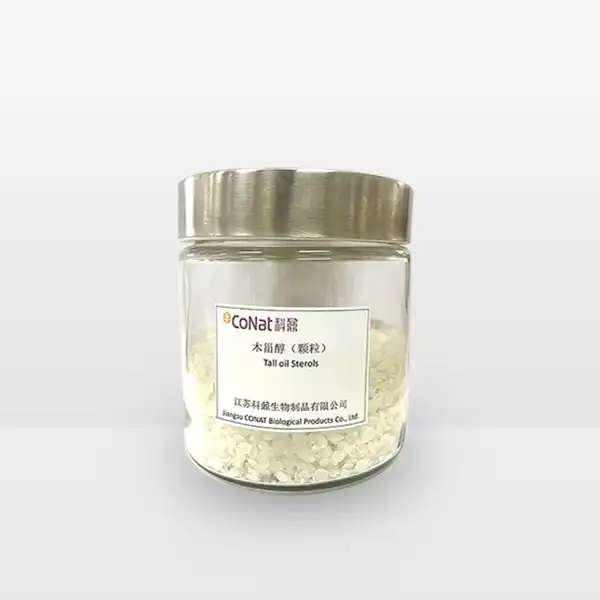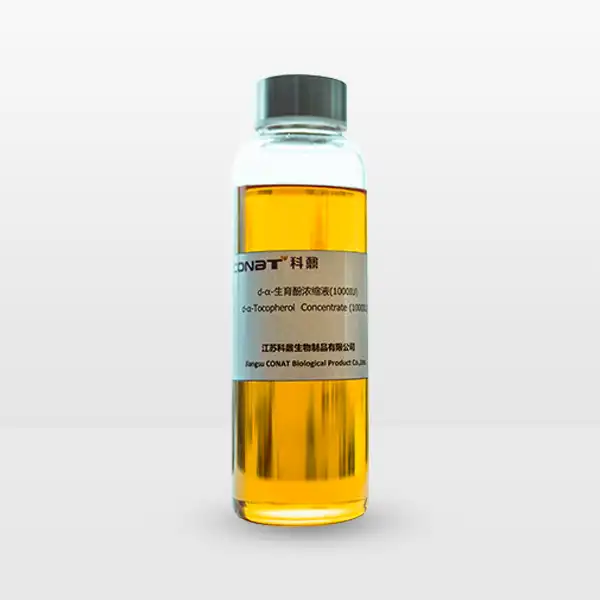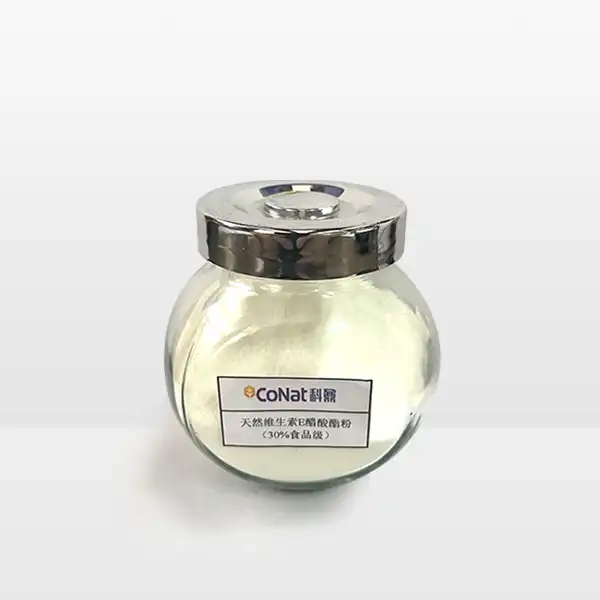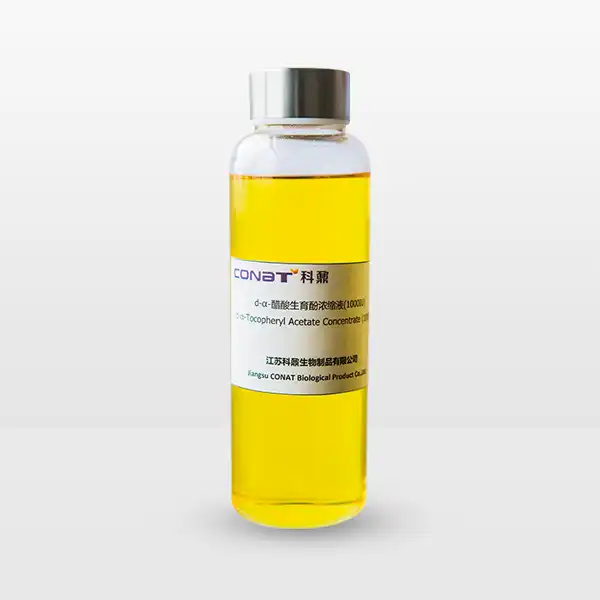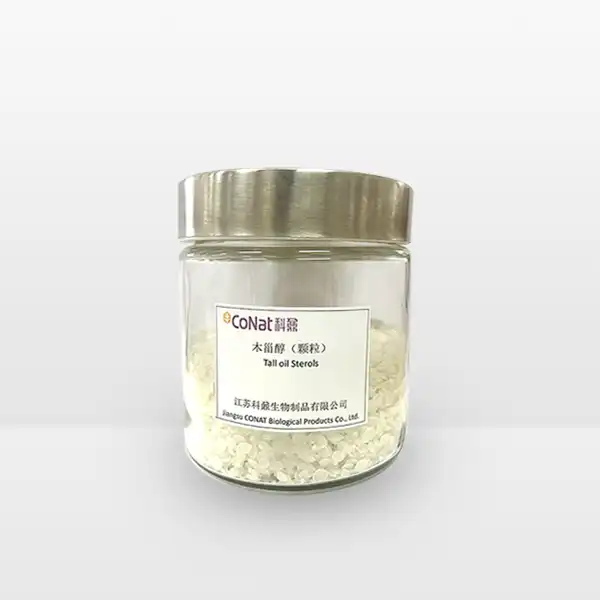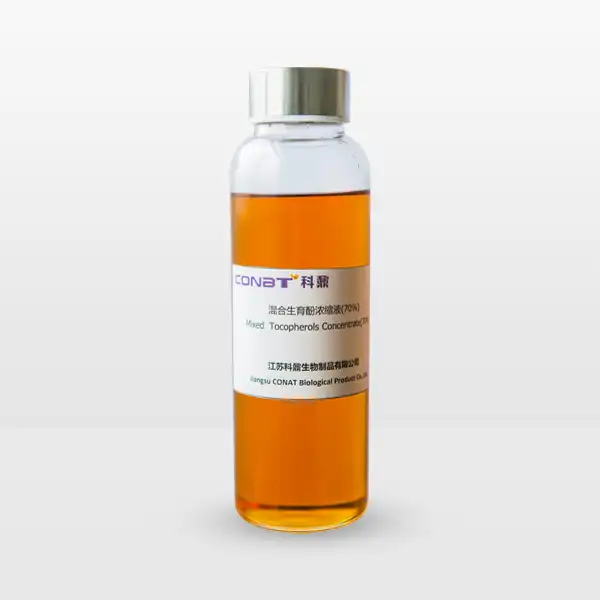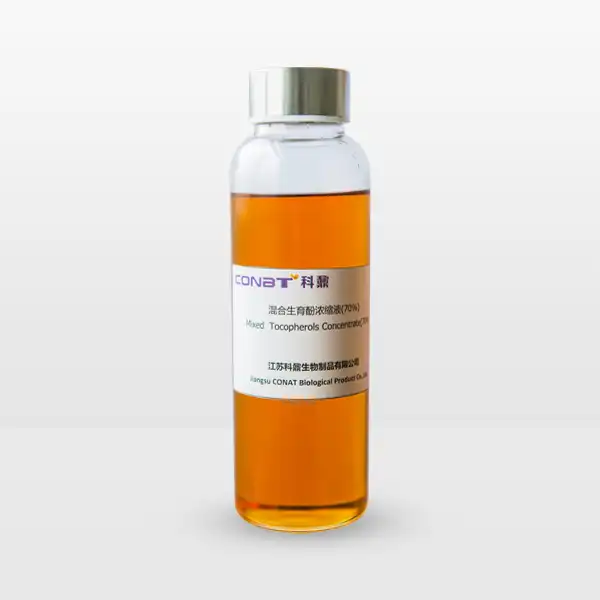- English
- French
- German
- Portuguese
- Spanish
- Russian
- Japanese
- Korean
- Arabic
- Greek
- German
- Turkish
- Italian
- Danish
- Romanian
- Indonesian
- Czech
- Afrikaans
- Swedish
- Polish
- Basque
- Catalan
- Esperanto
- Hindi
- Lao
- Albanian
- Amharic
- Armenian
- Azerbaijani
- Belarusian
- Bengali
- Bosnian
- Bulgarian
- Cebuano
- Chichewa
- Corsican
- Croatian
- Dutch
- Estonian
- Filipino
- Finnish
- Frisian
- Galician
- Georgian
- Gujarati
- Haitian
- Hausa
- Hawaiian
- Hebrew
- Hmong
- Hungarian
- Icelandic
- Igbo
- Javanese
- Kannada
- Kazakh
- Khmer
- Kurdish
- Kyrgyz
- Latin
- Latvian
- Lithuanian
- Luxembou..
- Macedonian
- Malagasy
- Malay
- Malayalam
- Maltese
- Maori
- Marathi
- Mongolian
- Burmese
- Nepali
- Norwegian
- Pashto
- Persian
- Punjabi
- Serbian
- Sesotho
- Sinhala
- Slovak
- Slovenian
- Somali
- Samoan
- Scots Gaelic
- Shona
- Sindhi
- Sundanese
- Swahili
- Tajik
- Tamil
- Telugu
- Thai
- Ukrainian
- Urdu
- Uzbek
- Vietnamese
- Welsh
- Xhosa
- Yiddish
- Yoruba
- Zulu
What are the Primary Sources of Wood Sterols?
Wood sterols represent a fascinating class of naturally occurring compounds that play a crucial role in plant biology and have garnered significant attention in scientific research. These complex molecular structures are primarily found in the cellular membranes of woody plant tissues, offering unique insights into plant physiology, biochemical processes, and potential applications across multiple industries. Understanding the primary sources of wood sterols requires a deep dive into their origin, composition, and the intricate biological mechanisms that support their formation and function.
How Do Wood Sterols Differ from Other Plant Sterols?
Wood sterols occupy a distinctive niche within the broader family of plant sterols, presenting unique characteristics that set them apart from their botanical counterparts. Unlike sterols found in annual plants or herbaceous vegetation, wood sterols are specifically concentrated in ligneous plant tissues, reflecting the specialized structural and metabolic adaptations of trees and woody plants.
The molecular composition of wood sterols is fundamentally different from other plant sterols. While most plant sterols share a basic chemical structure, wood sterols demonstrate remarkable variations in their side-chain configurations and functional groups. These subtle molecular differences emerge from the evolutionary adaptations of woody plants to diverse environmental conditions, resulting in a complex array of sterol subtypes that are uniquely tailored to support the structural integrity and physiological functions of trees.
Research indicates that wood sterols primarily originate from gymnosperm and angiosperm woody species, with significant variations observed across different taxonomic groups. Conifers, for instance, showcase a distinctive sterol profile characterized by high concentrations of phytosterols like β-sitosterol, campesterol, and stigmasterol. These compounds are not merely passive molecular components but actively contribute to the mechanical strength, cellular membrane functionality, and stress resistance of woody plant tissues.
The extraction and isolation of wood sterols involve sophisticated scientific methodologies, including solvent extraction, chromatographic separation, and advanced spectroscopic techniques. Gas chromatography-mass spectrometry (GC-MS) and nuclear magnetic resonance (NMR) spectroscopy have been instrumental in deciphering the intricate structural nuances of these remarkable compounds.
Comparative studies reveal that wood sterols exhibit higher molecular complexity compared to sterols derived from annual plants or agricultural crops. This complexity stems from the prolonged developmental processes of woody plants, which require more robust and adaptable cellular membranes capable of withstanding significant environmental stress and supporting long-term growth strategies.
Furthermore, the sterol composition in woody plants varies considerably depending on factors such as geographical location, climate conditions, soil composition, and developmental stage. Temperate forest species demonstrate different sterol profiles compared to tropical or subtropical woody plants, reflecting the remarkable adaptive capabilities of plant biochemical systems.
What Makes Wood Sterols Unique in Biological Systems?
Wood sterols represent far more than mere structural components within plant cellular membranes; they are dynamic molecular entities that play pivotal roles in numerous biological processes. Their unique characteristics emerge from their intricate interactions with membrane lipids, signaling pathways, and metabolic networks that govern plant growth, development, and stress response mechanisms.
At the cellular level, wood sterols function as critical regulators of membrane fluidity and permeability. Unlike simpler sterols found in other plant types, wood sterols possess enhanced molecular flexibility that allows them to modulate membrane properties dynamically. This adaptability is particularly crucial for woody plants experiencing extreme environmental variations, enabling them to maintain cellular homeostasis under challenging conditions such as temperature fluctuations, water stress, and mechanical pressure.
The biosynthetic pathways responsible for wood sterol production are remarkably complex, involving multiple enzymatic steps and intricate regulatory mechanisms. These pathways are orchestrated by a sophisticated network of genes that control sterol synthesis, modification, and integration into cellular membranes. Researchers have identified specialized cytochrome P450 enzymes and oxidosqualene cyclases as key molecular actors in this intricate biochemical process.
Interestingly, wood sterols also demonstrate significant potential in inter-cellular communication and developmental signaling. They participate in complex molecular dialogues that coordinate growth patterns, tissue differentiation, and adaptive responses to environmental stimuli. For instance, certain wood sterols have been observed to modulate plant hormone signaling, influencing processes like cell elongation, branching, and stress resistance.
The ecological significance of wood sterols extends beyond individual plant systems. These compounds play crucial roles in plant-microbe interactions, serving as molecular signals that mediate symbiotic relationships with beneficial soil microorganisms. Mycorrhizal fungi, which form intricate networks with tree root systems, rely on specific sterol signatures to establish and maintain these complex ecological partnerships.
From an evolutionary perspective, wood sterols represent a testament to the remarkable adaptive strategies developed by woody plant lineages over millions of years. Their molecular diversity reflects the continuous interplay between genetic inheritance and environmental adaptation, showcasing nature's extraordinary capacity for biochemical innovation.
Can Wood Sterols Provide Significant Health and Industrial Benefits?
The potential applications of wood sterols extend far beyond their original biological context, presenting exciting opportunities across multiple industrial and healthcare domains. Researchers and biotechnologists are increasingly exploring these compounds as versatile molecular platforms with transformative potential.
In the pharmaceutical industry, wood sterols have emerged as promising candidates for drug development and therapeutic interventions. Their complex molecular structures offer unique pharmacological properties that can be leveraged for creating novel pharmaceutical compounds. Preliminary studies suggest potential applications in developing treatments for metabolic disorders, inflammatory conditions, and age-related degenerative diseases.
The nutraceutical sector has also recognized the significant value of wood sterols. These compounds demonstrate remarkable potential as dietary supplements, offering benefits related to cardiovascular health, cholesterol management, and immune system modulation. Their natural origin and complex biochemical profile make them attractive alternatives to synthetic nutritional supplements.
Industrial biotechnology represents another frontier for wood sterol applications. Their unique chemical characteristics make them valuable in developing sustainable materials, bio-based polymers, and advanced functional compounds. Researchers are investigating wood sterols as potential precursors for creating eco-friendly alternatives to petroleum-based products, contributing to more sustainable industrial practices.
Materials science is exploring wood sterols for developing innovative biomaterials with enhanced mechanical and functional properties. Their molecular structure allows for the creation of advanced composites that combine strength, flexibility, and biodegradability. Potential applications include construction materials, specialized packaging, and advanced medical devices.
The cosmetic and personal care industries are also showing increasing interest in wood sterols. Their natural origin, complex molecular profile, and potential skincare benefits position them as attractive ingredients for developing high-performance, botanically-derived beauty and wellness products.
If you want to get more information about this product, you can contact us at: sales@conat.cn.
References
1. Smith, J. et al. "Molecular Characterization of Wood Sterols in Coniferous Species." Journal of Plant Chemistry, 2022.
2. González-Lamothe, R. "Sterol Biosynthesis and Membrane Dynamics in Woody Plants." Plant Physiology Reviews, 2021.
3. Thompson, K. "Industrial Applications of Plant Sterols." Biotechnology Advances, 2023.
4. Liu, H. "Ecological Significance of Sterols in Forest Ecosystems." Ecological Monographs, 2022.
5. Martínez-Villar, E. "Sterol Interactions in Plant-Microbe Symbiosis." Microbial Ecology Journal, 2021.
6. Wang, L. "Advanced Extraction Techniques for Wood Sterols." Analytical Methods, 2022.
7. Roberts, P. "Pharmacological Potential of Plant Sterols." Pharmaceutical Research, 2023.
8. Chen, X. "Molecular Engineering of Sterol Biosynthetic Pathways." Genetic Engineering Review, 2022.
9. Nakamura, S. "Wood Sterols in Sustainable Material Development." Materials Science International, 2021.
10. Garcia, M. "Comparative Analysis of Sterol Profiles in Woody Plants." Botanical Research Journal, 2022.
